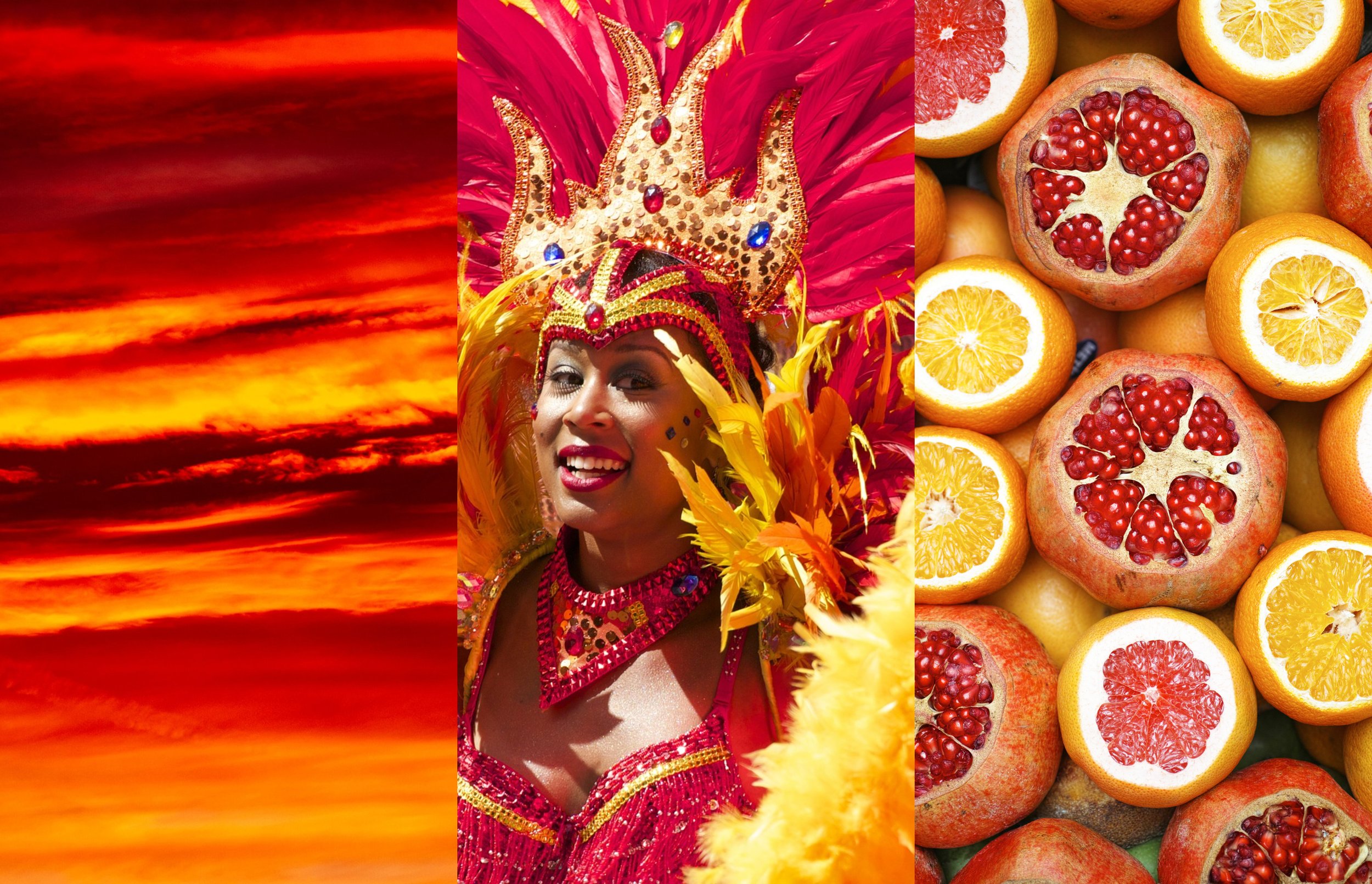Winning Combinations: Analogous colors live side by side.
Learning how to combine your colors into winning combinations is a skill that takes some time to master. In this series, we’re looking at some of the common color combinations and how you might use them to create more interest in your outfits. In this post we’re going to talk about an analogous color combination.
“Neighboring hues play nicely with each other because they share the same base colors.”
Traditionally, an analogous color palette is comprised of three colors that are next to each other on the color wheel. But it could go up to four or five adjacent colors or as little as two neighboring shades.
A cooler palette may include blue, blue-green, green, and yellow-green. There is a lightness and brightness about these shades that make for some interest in an outfit without being too harsh on the eyes. You can find many of these harmonious blends in nature. Just take a look at succulents, peacocks and the Caribbean sea. Where else have you seen this analogous color combination in nature?
A warm and vibrant analogous color palette with four colors could be composed of red, red-orange, orange, and yellow-orange. Imagine a sunset, citrus fruit and colorful feathers. This combo has a higher energy and cannot be worn by everyone. But imagine a pink, peach and pale yellow version of this analogous combination? Perhaps that would work for you.
A two-color analogous combination, such as blue and purple, can be found in flowers and sometimes a twilight sky . This is an almost monochromatic look because of the easy flow between these two colors. Other next door neighbor combinations like green, yellow-green can have a similar flow .
Analogous colors don’t have to be just “red” or “purple” or “green” – you can use shades of these colors as light as pastels. Pinks, lavenders, and even mints can be used as long as you pair them with their neighboring colors on the wheel.
Who wears analogous colors best? Well, if your own inherent color harmony is one of lower contrast between your skin, eye and hair color then you’ll appear more blended in your coloration and a blended analogous color combination will be a lovely repetition of that.
Summer types usually look great in analogous colors that provide a lovely flow between one color and the next and typically have them on their color palette. An Autumn’s analogous colors could add a nice spark and Springs can often wear two to three colors energetically. A Winter type might use analogous colors in a print.
The best approach to putting together an analogous outfit is to start with a base color. For example, if your base color is blue you could add purple and pink if those colors are on your palette or go in the opposite direction with pink and orange if that matches your seasonal color harmony.
And if you don’t have any complementary colors in your personal palette not to worry, we’ll be back soon with another winning color combination.




